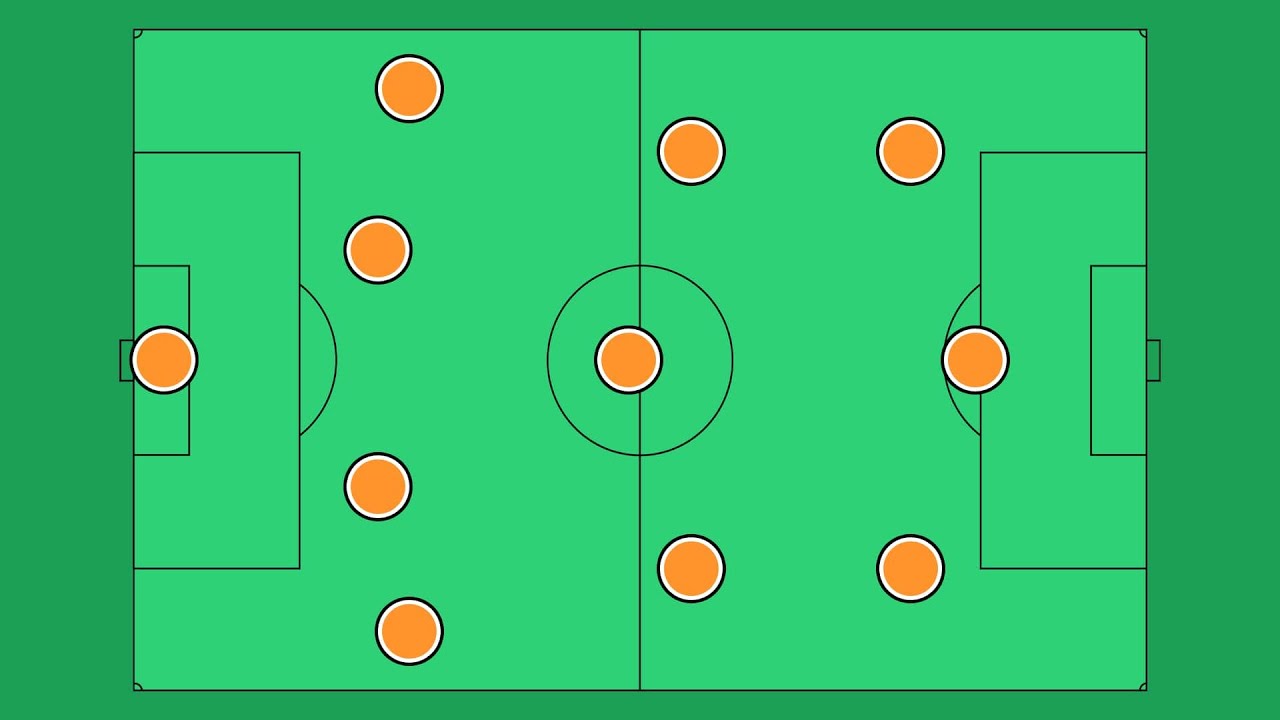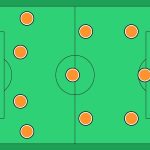Football has always been about rhythm — a delicate balance between chaos and control.
But over the last two decades, that rhythm has changed dramatically.
From the hypnotic passing webs of Spain’s tiki-taka to the electric vertical bursts of German gegenpressing, football’s tactical identity has undergone its most profound transformation in history.
What began as an aesthetic revolution in Barcelona has evolved into a global arms race of speed, precision, and intelligence — a battle not for possession, but for position.
The Birth of “Tiki-Taka” — Possession as a Weapon
The term “tiki-taka” first gained fame in Spain’s football media around 2008, describing the mesmerizing passing patterns of Pep Guardiola’s Barcelona and Vicente del Bosque’s Spain. But at its core, tiki-taka wasn’t about possession for beauty — it was possession for control.
Under Guardiola, Barcelona built a system where the ball was both the sword and the shield.
Every pass was a calculated act of domination: denying opponents oxygen, forcing them to chase shadows. With Xavi, Iniesta, and Busquets orchestrating triangles in tight spaces, Barcelona didn’t just win matches — they rewrote the geometry of football.
Between 2008 and 2012, this philosophy produced:
- Two Champions League titles (2009, 2011),
- A World Cup (2010) and two European Championships for Spain (2008, 2012).
Football had found its algorithm — and for a while, it seemed unbeatable.
The Downfall of Predictability
Yet, as with any system, dominance invited imitation — and eventually, counteraction. By the mid-2010s, tiki-taka’s endless patience became its weakness. Teams learned to press high, to suffocate the slow build-up, and to turn possession against its masters.
José Mourinho’s Inter (2010), Jürgen Klopp’s Dortmund (2013), and later Atlético Madrid under Simeone exposed a critical flaw: possession didn’t guarantee progression. You could have 70% of the ball and still lose — if the opponent used that remaining 30% with aggression and verticality. Football had reached its tipping point: from “keep the ball” to “steal the ball.”
The Rise of Counter-Pressing (Gegenpressing)
No one articulated the new era better than Jürgen Klopp, who described counter-pressing as “the best playmaker in the world.” Instead of retreating after losing the ball, his teams hunted it instantly — turning defensive transitions into immediate attacks.
The philosophy, rooted in German football and polished at Mainz, Dortmund, and later Liverpool, was simple but brutal:
- Win the ball within five seconds after losing it;
- Attack the unorganized defense before it resets;
- Compress space to suffocate passing options.
It wasn’t chaos — it was organized aggression, powered by fitness, synchrony, and psychological conditioning.
By 2018–2020, Klopp’s Liverpool and Guardiola’s evolved Manchester City epitomized this new hybrid age — one combining tactical control with athletic dynamism.
The Data Behind the Revolution
Football’s tactical evolution has mirrored the rise of sports analytics. Modern data models — from PPDA (Passes Allowed per Defensive Action) to Zone 14 occupation — quantify pressing efficiency, positional discipline, and chance creation.
| Tactical Metric | What It Measures | Why It Matters |
| PPDA | How many passes a team allows before making a defensive action | Lower PPDA = more aggressive pressing |
| Field Tilt | Ratio of possession and territory in attacking third | Shows territorial dominance |
| xT (Expected Threat) | Probability of scoring based on ball progression zones | Identifies teams that move the ball efficiently |
| Pressing Intensity Index (PII) | Energy spent per recovery phase | Highlights how sustainable pressing style is |
Thanks to data, coaches now design pressing “triggers” — moments when a player’s body angle or misplaced touch signals the entire team to pounce.
Football has turned from instinct to algorithm.
The Tactical Hybrid Era
Today, the world’s elite teams have evolved beyond labels like “tiki-taka” or “gegenpressing.” Modern tactics are fluid ecosystems — adaptable, data-informed, and opponent-specific.
- Manchester City under Guardiola 2.0 blend positional play with vertical pressing.
- Liverpool mix counter-pressing with long diagonal switches to bypass pressure.
- Bayern Munich and RB Leipzig weaponize directness and athleticism.
- Napoli and Brighton have introduced a new dimension — positional rotation and overload traps, where structure breeds creativity.
Football has entered an age where the best systems are the least predictable.
A match is no longer a contest of formation, but of information.
Tactical Globalization
The modern tactical web is now borderless. African teams like Morocco and Senegal, Asian sides like Japan and South Korea, and even smaller European nations such as Denmark or Croatia employ advanced pressing and structured build-up once reserved for elite clubs.
This tactical democratization is driven by:
- Global access to match data and analytics tools (Wyscout, InStat, StatsBomb);
- Exchange of coaches between continents;
- Online education and tactical platforms.
A coach in Ghana or India now studies Guardiola and Nagelsmann as easily as one in Munich — creating a truly global tactical language.
What’s Next: The Future of Football Tactics
The next tactical frontier may lie in adaptive intelligence — systems that evolve mid-match, powered by real-time data and AI analysis.
Imagine:
- Wearable sensors tracking fatigue and recalibrating pressing intensity live;
- Bench tablets receiving automated tactical insights mid-game;
- AI suggesting substitutions based on predictive threat zones.
We’re entering an era of algorithmic football, where the coach’s instinct is guided — not replaced — by machine precision.
Conclusion: From Art to Science, and Back Again
From tiki-taka’s symphony of passes to gegenpressing’s organized chaos, football’s tactical evolution tells a story far greater than systems or formations. It reflects the sport’s constant dialogue between control and freedom, art and data, emotion and logic. Each new trend doesn’t erase the old — it builds upon it. Tiki-taka taught the world to think; counter-pressing taught it to react. And in this dance of ideas, football has found its true beauty — a game where intelligence moves faster than the ball.








Laisser un commentaire